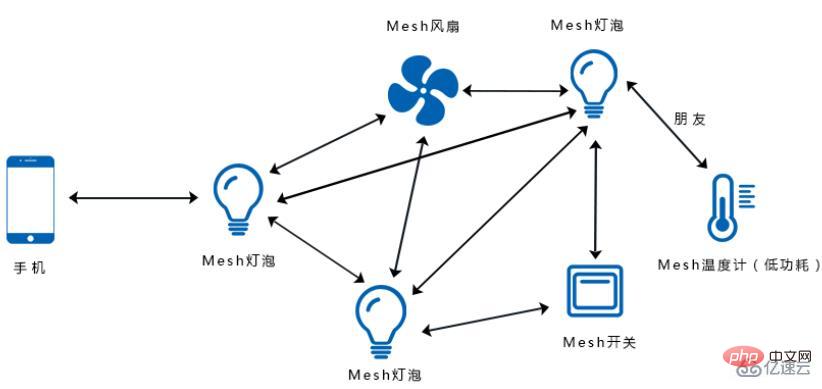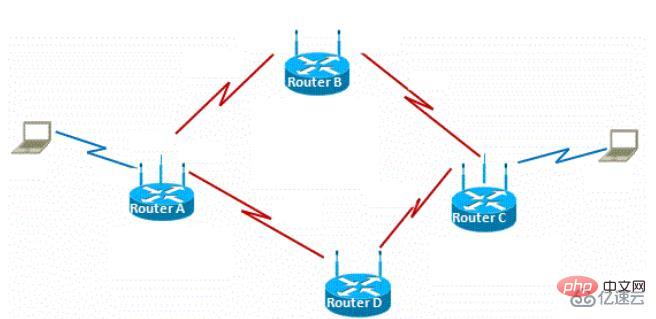
1. Networking mode
1. Wireless bridging is point-to-point or point-to-multipoint networking communication, which is mainly based on directional transmission.
2. Mesh means that all devices have equal status in the wireless network, and any network node can access the wired network.
2. Distance
1. Wireless bridging is mainly based on fixed point monitoring, and different antenna selections are selected according to different scenarios.
2. The characteristic of mesh is that it is very flexible in deployment. The antennas used with Mesh ad hoc network equipment are mainly omnidirectional antennas, which can quickly establish the system.

3. Transmission rate
1. The design transmission rate of the bridge is mainly 300Mbps and 866Mbps.
2. The antenna configuration is mainly omnidirectional antenna, which has relatively large attenuation. Therefore, the speed is not obvious compared with traditional bridges.
4. Communication frequency
1. When the bridge networking mode works in point-to-point or point-to-point mode, devices communicating in the same group will occupy one frequency point
2. Mesh self-organizing network equipment In the entire system, each equipment has an equal network status, just like a single entity, and does not have a master-slave working mode.

The above is the detailed content of What are the differences between mesh networking and wireless bridging?. For more information, please follow other related articles on the PHP Chinese website!




